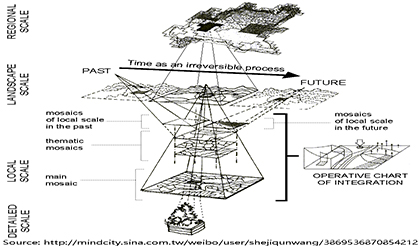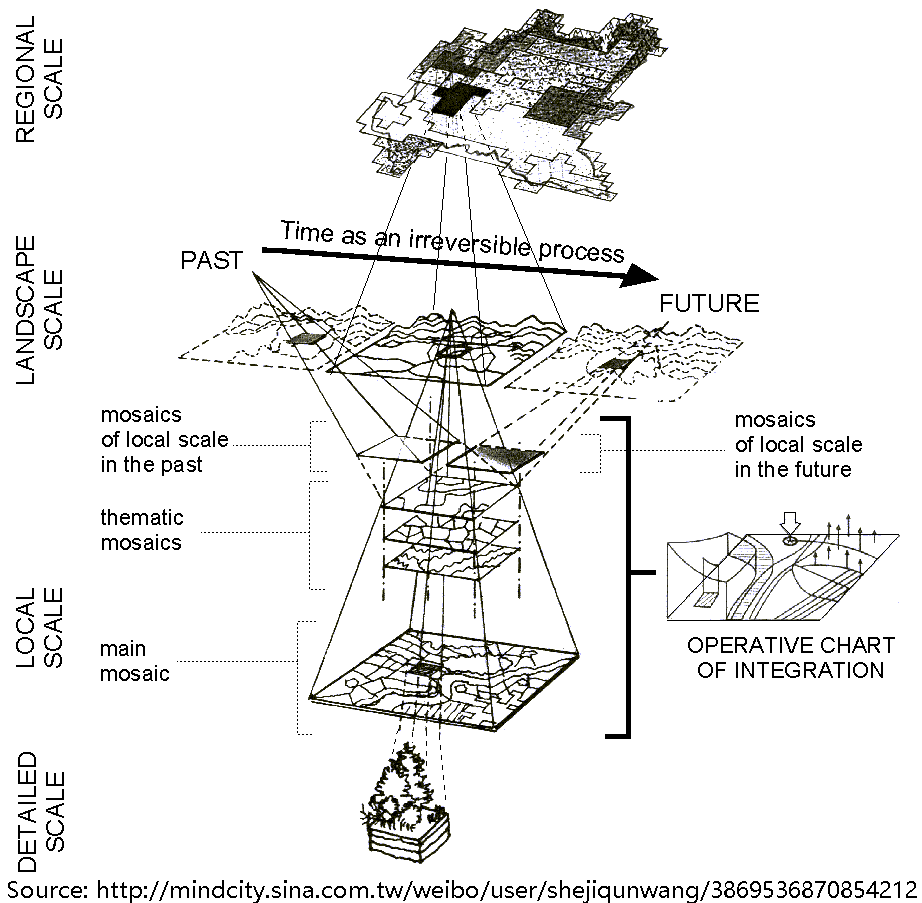


Equilibrium theory holds that after the end of the external disturbance, the ecosystem can return to the equilibrium state before the disturbance, emphasizing the internal mechanism of the system to accommodate the disturbance. Before the Industrial Revolution, the impact of human activities was far less intense than it is now, and the Earth system basically maintained a dynamic equilibrium. In the past few thousand years, the global carbon cycle has been basically stable or balanced. Although carbon materials have been moved between different pools, there has been little substantial net change of carbon pool stocks. However, under the global change, these equilibrium states have changed. For example, plant-soil carbon pool carbon material transfer to the atmospheric carbon pool, nitrogen and phosphorus transfer to water ecosystem, species extinction, etc., make the Earth system out of equilibrium. The dynamic non-equilibrium theory emphasizes the internal balance rules and external interference of the system, that is, "the interaction between the internal balancing force of the ecosystem and the non-equilibrium force caused by global change makes the ecosystem in dynamic non-equilibrium."

Edited and translated by Zhang Yifei